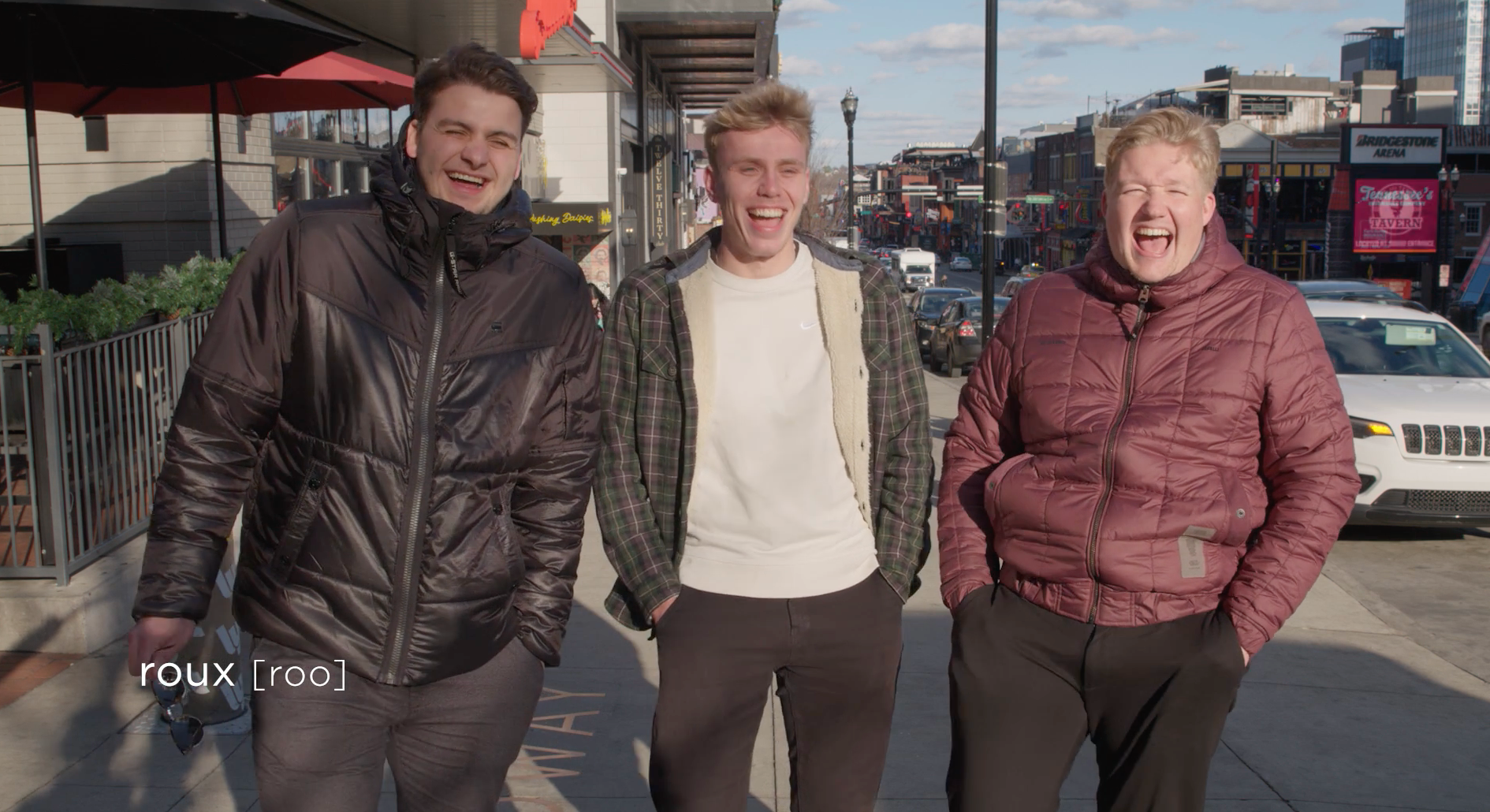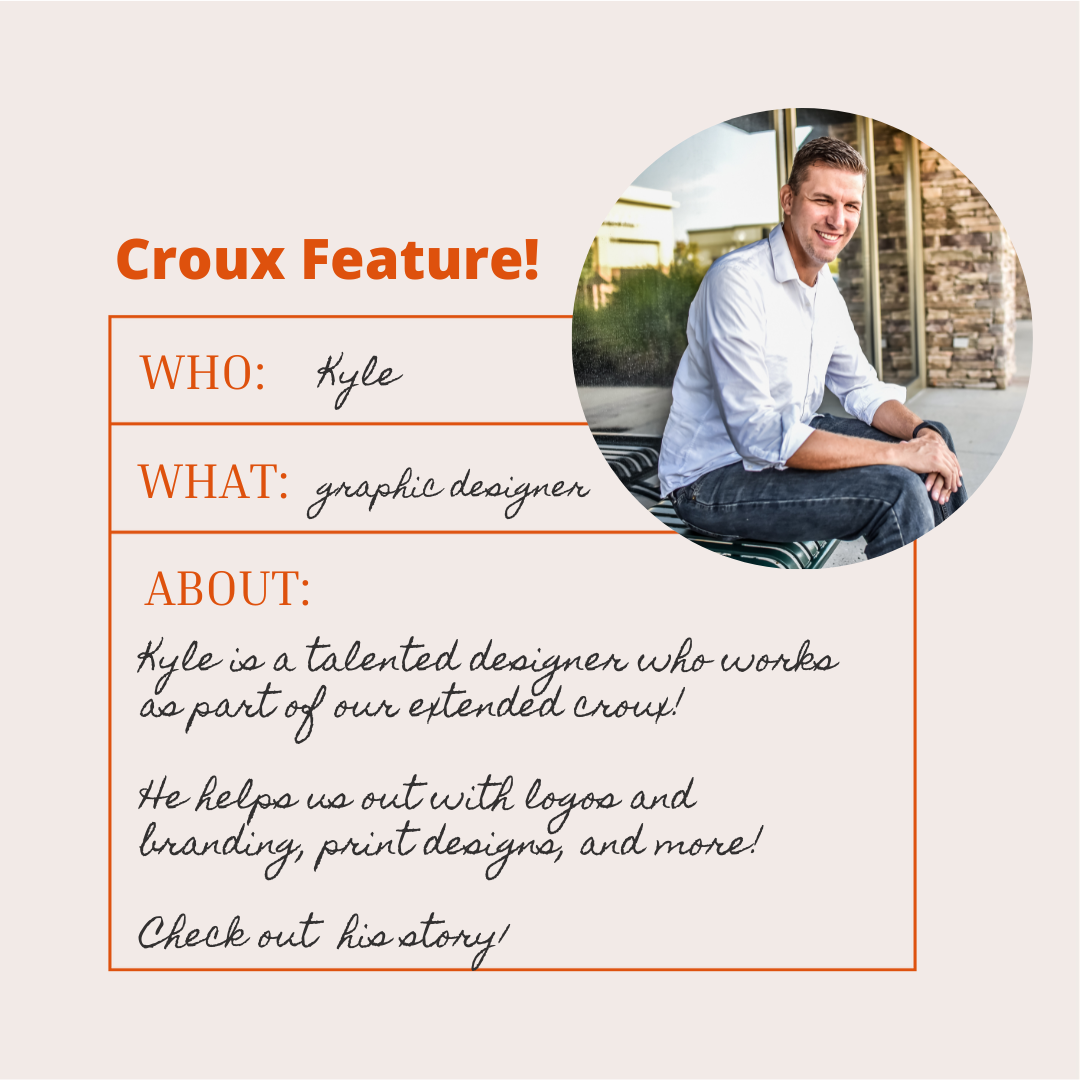The Wall That Heals
Karen Hall • June 7, 2018
We recently had the opportunity to create a video of The Wall That Heals, which is a traveling replica of the Vietnam Memorial Wall in Washington, DC. The entire process of bringing The Wall into a community, to constructing it to seeing people experience it was tremendously impressive and emotional.
Info from The Wall That Heals website:
Bringing The Wall home to communities throughout our country allows the souls enshrined on the Memorial to exist once more among family and friends in the peace and comfort of familiar surroundings. The traveling exhibit provides thousands of veterans who have been unable to cope with the prospect of facing The Wall to find the strength and courage to do so within their own communities, thus allowing the healing process to begin.
The Wall That Heals exhibit features a three-quarter-scale replica of the Vietnam Veterans Memorial in Washington, D.C. The replica is 375 feet in length and stands 7.5 feet high at its tallest point. Visitors experience The Wall rising above them as they walk towards the apex, a key feature of the design of The Wall in D.C.
The Wall That Heals is erected in a chevron-shape and visitors can do name rubbings of individual service member’s names on The Wall. The replica is constructed of Avonite, a synthetic granite, and its 140 numbered panels are supported by an aluminum frame. Machine engraving of the more than 58,000 names along with modern LED lighting provide readability of The Wall day and night.
A few details on communities The Wall is displayed:
In order to get The Wall to a specific place, the community must make many commitments, including providing 100’s of volunteers. Cookeville is the only stop this year in TN due to the commitment of Cookeville and the Putnam county community, including corporate sponsors like our client, Averitt. The stop underscores the Chamber’s “Patriotic Putnam” campaign and Averitt’s commitment to hiring 1,200 veterans by 2020.
It typically takes 6 hours to assemble The Wall. Thanks to the help of the Tennessee Tech football team and coaching staff, the build in Cookeville was completed in a little more than 4 hours.
We interviewed several volunteers, many of whom were veterans. The information below is from Josh Pack, US Navy.
“The Wall is about honoring people who sacrificed all in the Vietnam War and is also the first step to recognize all Vietnam vets and welcome them home. The Wall is not only for those who died; it shows appreciation for all. For me the entire experience was very emotional and inspiring.”
Josh volunteered during the entire event and has many touching stories. A particularly compelling one is that he helped a woman who had never been able to travel to DC to see the wall there locate a photo and name of a Vietnam vet. She and Josh both became emotional as she explained this vet was her dad – a man she had never met as she was born after he left for Vietnam. She said it was like she met him for the first time in that moment.
So if you get a chance to experience the Vietnam Veteran’s Memorial Wall or The Wall That Heals, take advantage of it. The travel schedule for 2018 is linked here.
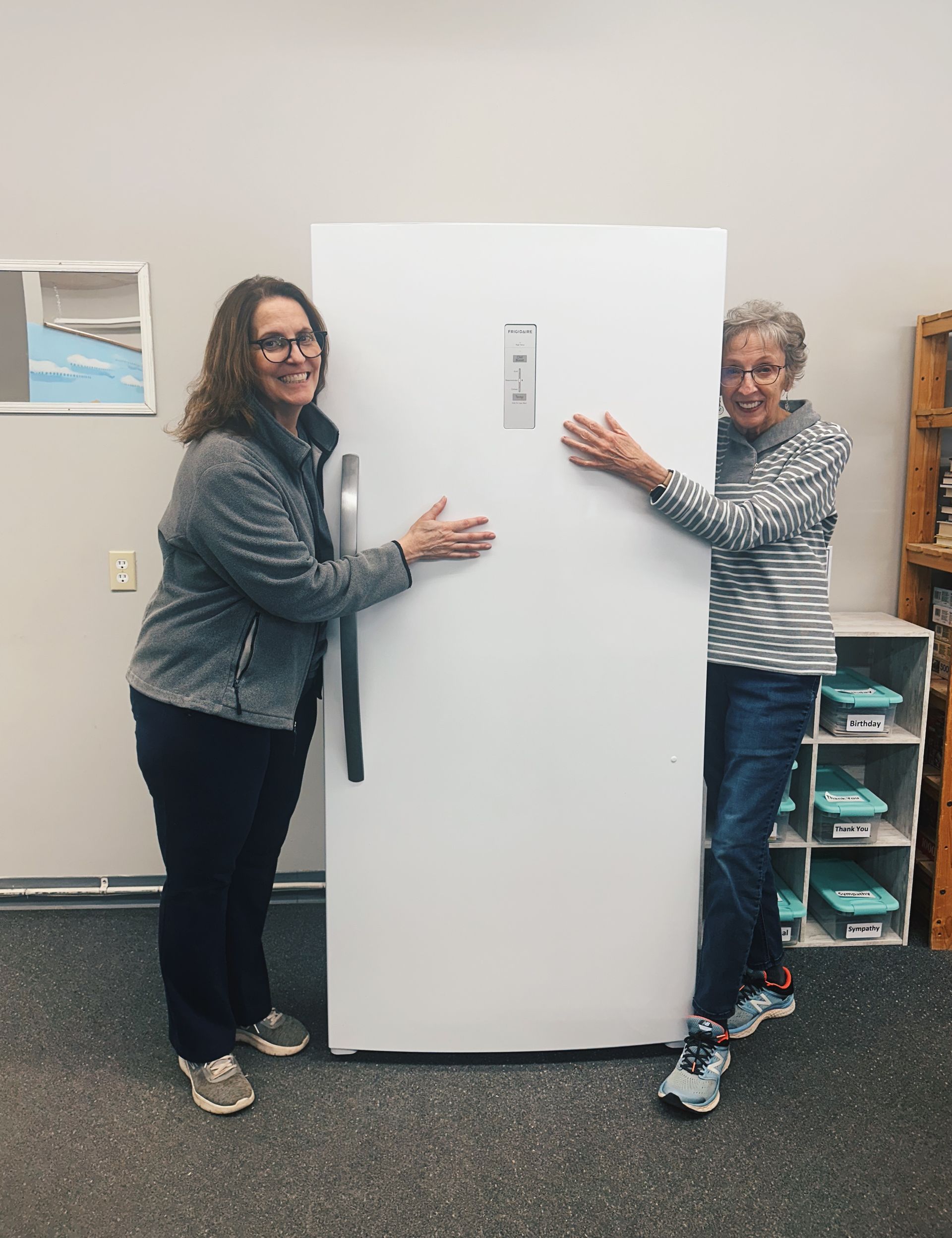
We are excited to announce the recipient of our most recent Food for Thought grant — the Hot Springs Food Pantry, located in Hot Springs, South Dakota. Food for Thought is a fund we created through The Community Foundation to offer grants to organizations that help feed children in our community. This isn’t just about money though. We’re also on the lookout for ways to teach kids about good food, to help them learn to prepare it, and to encourage them to love it as much as we do. We are always looking for organizations in our local communities whose mission aligns with ours and have specific needs we can provide grants for. Because our croux reaches far and wide, “local” doesn’t just mean Tennessee. In this case, the community is local to one of our core team members, Lauren. After moving back to her hometown of Hot Springs, South Dakota to be closer to family, she got involved with the local food pantry and saw a specific need there. The food pantry needed a refrigerator so they could provide more fresh produce and protein to families in the area. They were also seeing an above average need in the community due to rising costs which has depleted some of their funds. The grant received from Food for Thought will go towards these efforts and help provide fresh food for families in the area.

We celebrated our 10-year anniversary in July 2023, making this our tenth Mardi Gras as a krewe. We are so thankful for the many projects, partnerships, clients and friends who have been a part of our journey so far. The essence of Mardi Gras can be summed up in one lighthearted phrase, “ Laissez les bons temps rouler!” — French, for “Let the good times roll!” We’ve had a lot of good times here at roux over the last decade, and we’re excited for them to keep on rollin’. Bon Mardi Gras and merci beaucoup, friends!
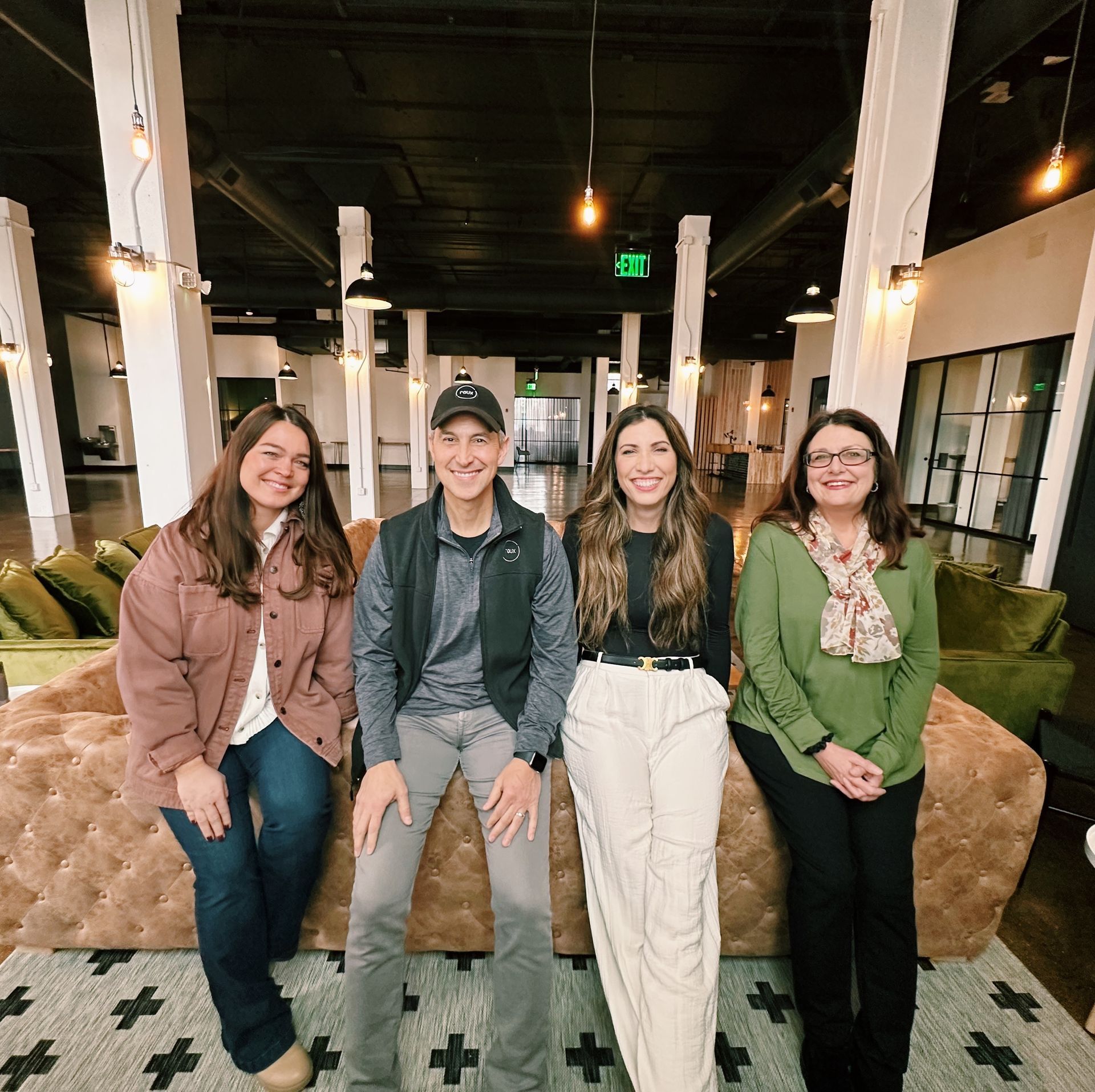
Every January we like to gather as a croux and plan for the year ahead. It serves as a holiday celebration and a strategy session. We look forward to it every year. Over the last few years, we’ve also begun incorporating a “word of the year” practice, where we each choose a word that we will focus on throughout the year.
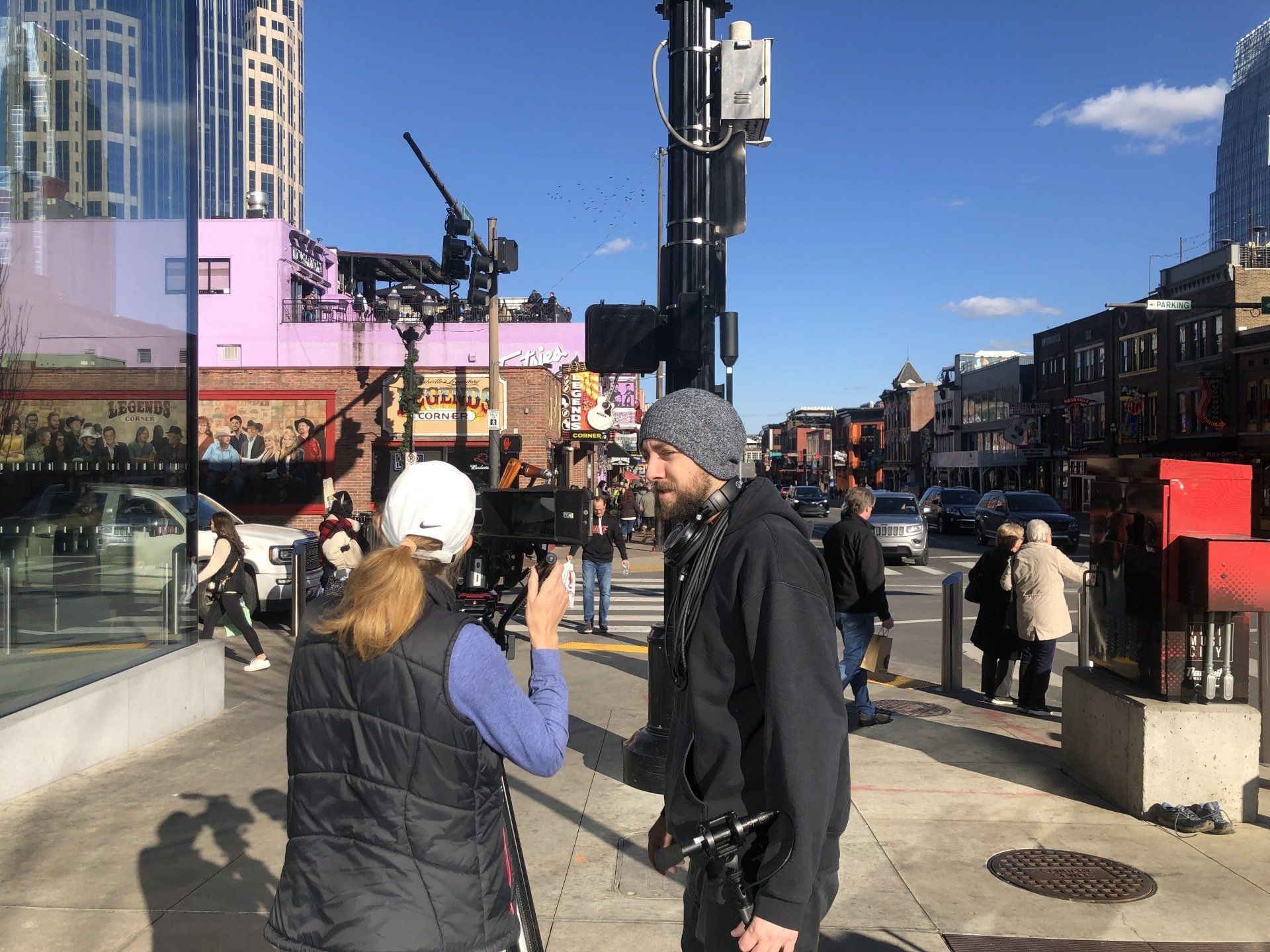
We all look forward to receiving Christmas greetings from friends and loved ones, whether it’s a social media post or a physical card to display in our house or hang on the fridge. But when it comes to company Christmas cards, corporate greetings can sometimes fall a bit flat. We love when a company spices things up and sends a message that’s genuine and fun. Videos can also be a more effective and affordable option for a company, when you consider the reach made possible with email and social media, and the savings on printing and postage. Averitt and JetRight are two local companies that knock it out of the park every year when it comes to their video Christmas cards. Whether they choose to be lighthearted and silly or share a heartwarming message, watching their videos shows you the real people and spirit behind the companies. Check them out below!

